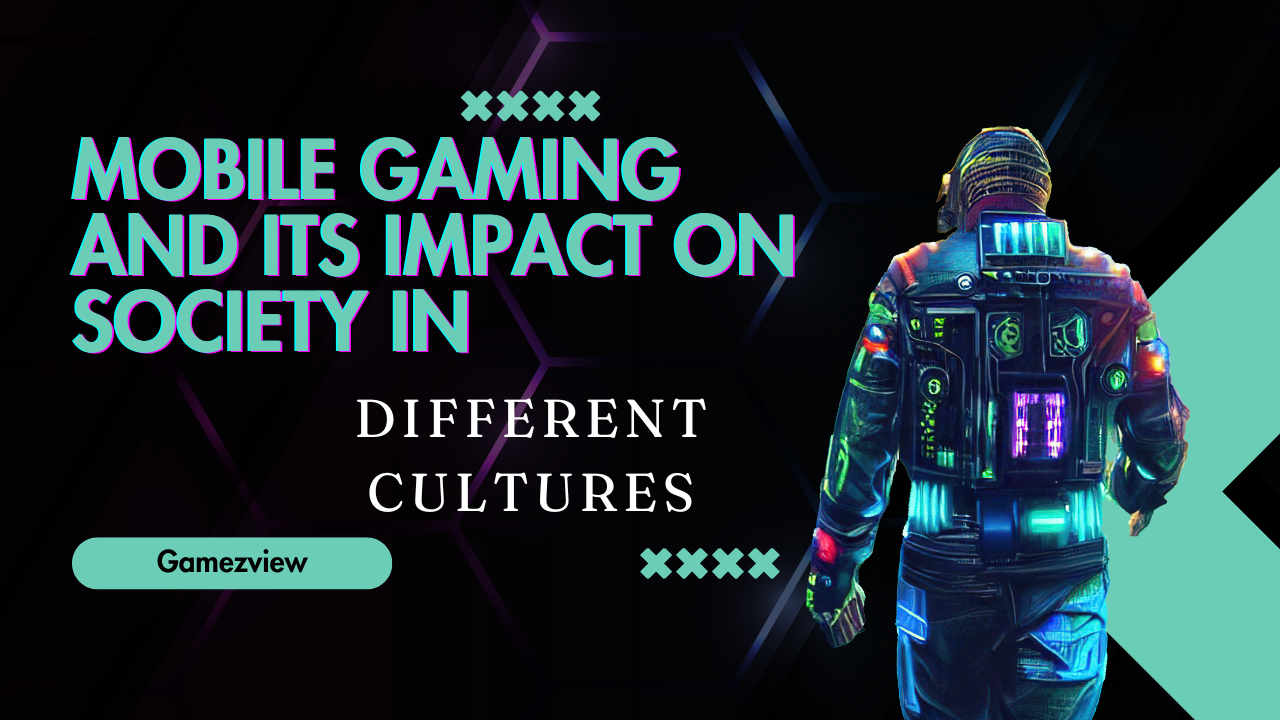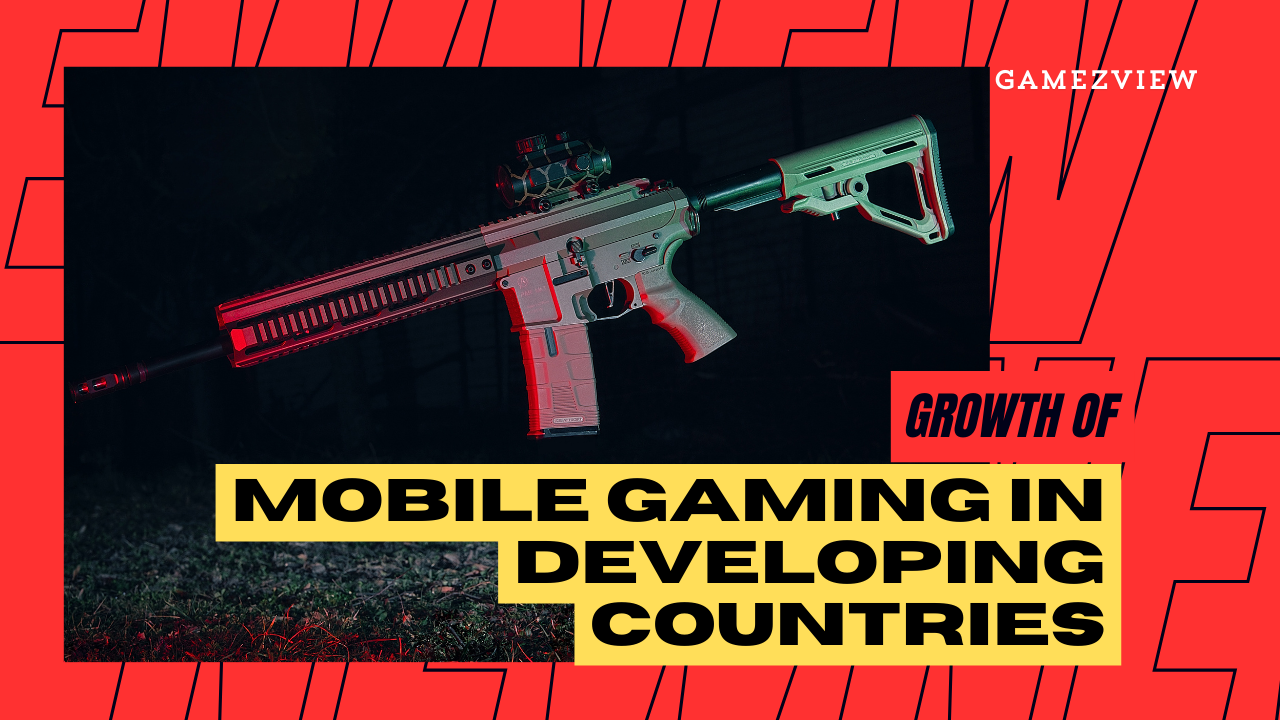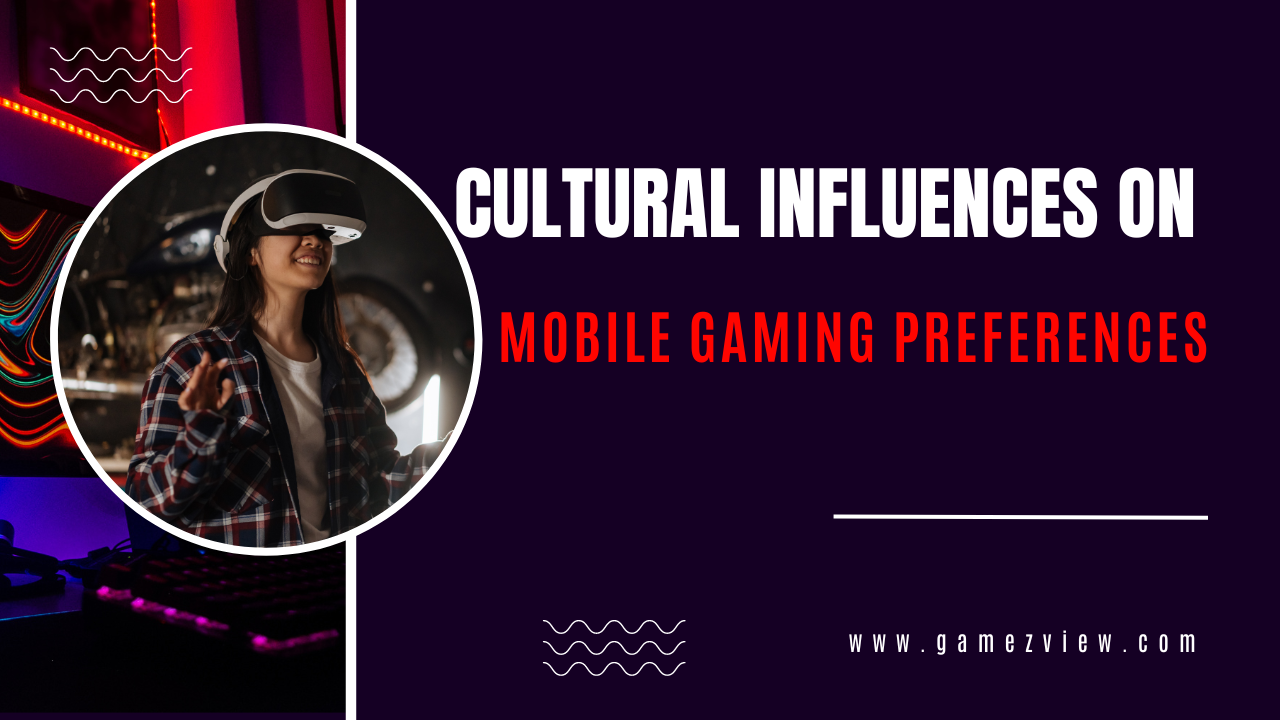The gaming industry has undergone significant transformations over the past few decades, evolving from arcade machines to home consoles and PCs, and now to mobile devices. Mobile gaming has become a dominant force in the market, influencing and interacting with traditional gaming platforms in various ways. This article explores the relationship between mobile gaming and traditional gaming platforms, highlighting their differences, overlaps, and the future of gaming.
Introduction
Mobile gaming has seen exponential growth, driven by the widespread adoption of smartphones and tablets. This growth has not only expanded the gaming audience but also reshaped the landscape of the gaming industry. Traditional gaming platforms, including consoles and PCs, have had to adapt to this new reality. Understanding the dynamics between mobile gaming and traditional gaming platforms is essential to appreciate the current state and future direction of the industry.
Evolution of Gaming Platforms
Traditional Gaming Platforms
Traditional gaming platforms, such as home consoles and PCs, have been the cornerstone of the gaming industry for decades. These platforms are known for their powerful hardware, high-quality graphics, and immersive gaming experiences. Key characteristics include:
- High-Performance Hardware: Consoles and gaming PCs are equipped with advanced processors, graphics cards, and large storage capacities, enabling complex and visually stunning games.
- Dedicated Gaming Experience: These platforms are designed specifically for gaming, providing an immersive and uninterrupted experience.
- Wide Range of Game Genres: Traditional platforms support a diverse array of game genres, from action-adventure and role-playing games (RPGs) to simulations and sports games.
Rise of Mobile Gaming
Mobile gaming emerged as a major player in the gaming industry with the advent of smartphones and app stores. Key characteristics of mobile gaming include:
- Accessibility: Mobile games are easily accessible to anyone with a smartphone or tablet, lowering the barrier to entry.
- Casual Gaming: Mobile games often cater to casual gamers with shorter, more straightforward gameplay sessions.
- Freemium Model: Many mobile games are free to play, with in-app purchases and ads as primary revenue models.
- Portability: The portability of mobile devices allows gaming on the go, making it a convenient option for many users.
Differences Between Mobile and Traditional Gaming
Hardware and Performance
Traditional gaming platforms offer superior hardware performance, which translates to better graphics, faster processing, and more complex gameplay. Mobile devices, while improving in performance, still lag behind dedicated gaming hardware.
Game Development and Design
Games for traditional platforms are often larger in scope, with intricate storylines, detailed graphics, and extensive gameplay. Mobile games tend to focus on simplicity and quick engagement, catering to users who prefer shorter play sessions.
Monetization Strategies
Traditional games typically follow a purchase model, where players buy the game upfront. Mobile games often use the freemium model, offering free access with optional in-app purchases and ads.
User Experience
The user experience on traditional platforms is designed for immersion, often involving peripherals like controllers, VR headsets, and large screens. Mobile gaming focuses on touch controls and portability, offering a different type of user experience.
Overlaps and Convergence
Cross-Platform Play
Many game developers are now offering cross-platform play, allowing players on mobile, console, and PC to interact within the same game environment. This convergence enhances the gaming experience and broadens the player base.
Mobile Versions of Traditional Games
Popular games originally designed for consoles and PCs are increasingly being adapted for mobile devices. Games like “Fortnite,” “PUBG,” and “Minecraft” have successful mobile versions, bridging the gap between traditional and mobile gaming.
Cloud Gaming
Cloud gaming services, such as Xbox Cloud Gaming and Google Stadia, are blurring the lines between mobile and traditional gaming platforms. These services allow high-performance games to be played on mobile devices via streaming, leveraging powerful remote servers.
Augmented Reality (AR) and Virtual Reality (VR)
AR and VR technologies are being integrated into both mobile and traditional gaming. Mobile AR games like “Pokémon GO” have shown the potential for immersive experiences on mobile devices, while VR continues to be a major focus for traditional platforms.
Impact of Mobile Gaming on the Industry
Market Expansion
Mobile gaming has significantly expanded the gaming market, reaching demographics that traditional gaming platforms may not have. This includes casual gamers, younger audiences, and those in regions where consoles and PCs are less accessible.
Innovative Game Design
The constraints and opportunities of mobile platforms have led to innovative game design and new genres, such as hyper-casual games and location-based games. This innovation is influencing game design across all platforms.
Revenue Models
The success of the freemium model in mobile gaming has influenced monetization strategies across the industry. Many traditional games now incorporate microtransactions, season passes, and other revenue-generating features initially popularized by mobile games.
Competitive Gaming and Esports
Mobile gaming is making significant inroads into the competitive gaming and esports scene. Games like “Clash Royale” and “Arena of Valor” have established robust competitive communities and professional tournaments.
Challenges and Considerations
Quality and Performance
While mobile gaming continues to improve in quality, it still faces challenges related to performance and battery life compared to traditional gaming platforms.
Monetization Ethics
The freemium model has raised concerns about ethical monetization practices, particularly regarding in-app purchases and their impact on younger players.
Market Saturation
The mobile gaming market is highly saturated, making it difficult for new games to stand out. This contrasts with the more curated and selective nature of traditional gaming platforms.
Future of Gaming
Integration and Innovation
The future of gaming will likely see further integration between mobile and traditional platforms, with advancements in technology driving new forms of gameplay and user experiences.
Emerging Technologies
Technologies like 5G, AR, and VR will continue to evolve, offering more immersive and seamless gaming experiences across all platforms.
Evolving Player Preferences
As player preferences continue to evolve, game developers will need to adapt, finding new ways to engage and entertain across diverse platforms.
Mobile gaming has transformed the gaming landscape, complementing and challenging traditional gaming platforms. By expanding the market, driving innovation, and fostering new revenue models, mobile gaming has become an integral part of the industry. The relationship between mobile and traditional gaming platforms is dynamic and symbiotic, with each influencing the other in significant ways. As technology advances, this relationship will continue to evolve, shaping the future of gaming for years to come.



